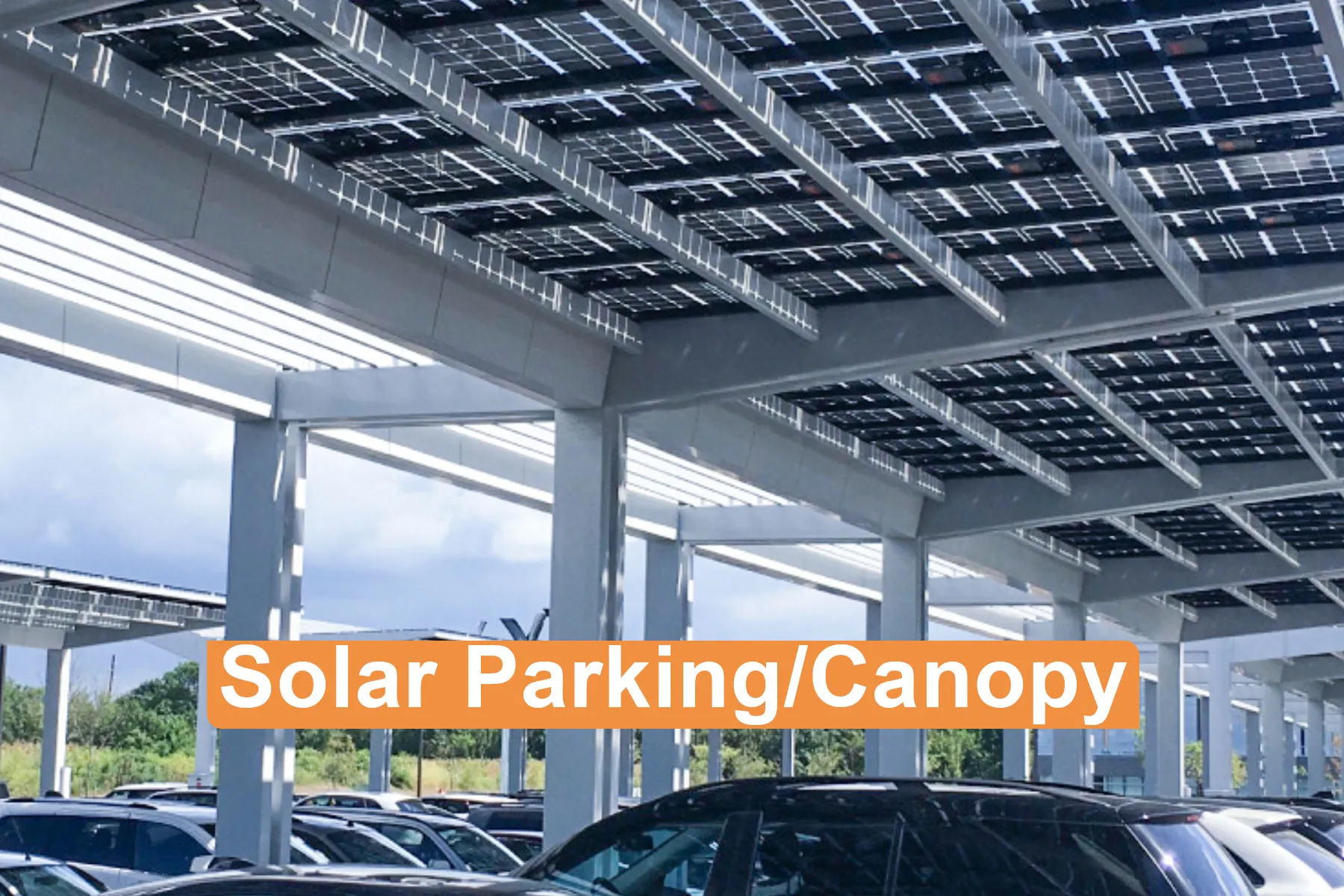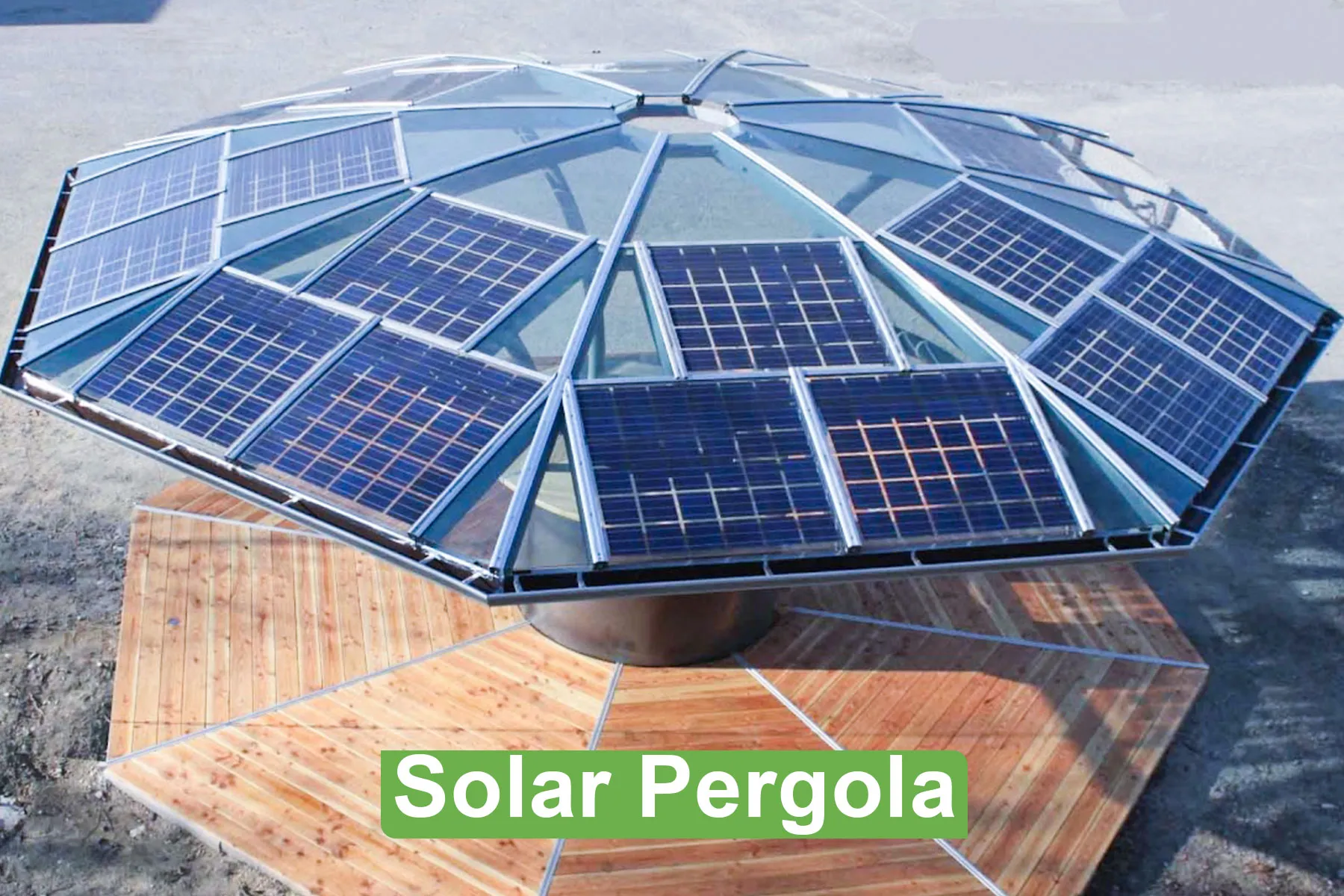As new technology emerges, commercial solar power project development becomes more intriguing. Until recently, the only way to add solar electricity to a commercial building was to install standard solar panels on a flat roof. There are several possibilities to optimise the area used to capture solar energy with the help of architectural design and planning.
Solar power trends currently strive to provide a single integrated solution that effortlessly integrates with the building structure and improves the architectural perspective of the entire project rather than only reducing electricity expenses. Finally, solar technology must be beautiful and functional.
BIPV, a technology used in large commercial projects, combines these trends. This technology can turn windows, rooftops, and carports into solar-powered production facilities for electricity and architecture. This essay examines this technology and its applications to maximise your PV area productivity.
What is BIPV?
Building integrated photovoltaics is known as BIPV. BIPV solar panels are integrated into the building or envelope and serve some purposes.
BIPV solar glass can be significantly customised for each project in terms of appearance and functionality. The ability to alter even the colour of glass opens up a whole new range of design options for solar architecture.
BIPV and Architectural Solar Benefits
Building Integrated PV offers several solutions for structural issues. BIPV makes it possible to deploy solar electricity in hitherto untapped spaces, like those on walls or overhead canopies, in addition to the obvious advantages of solar panels, such as the generation of clean energy. The latest BIPV offers top-tier UV, infrared, thermal, and acoustic qualities.
Beyond this, the building’s distinctive and stunning aesthetics are created through BIPV and architectural solar glass.
Architectural Solar Panel Type
Crystal solar power is the main type of solar power used in architecture.
Although there are several applications for both types of architectural solar glass, each will have a distinct benefit depending on the placement of the solar array, the needs of the structure, and the desired aesthetic. BIPV solar glass is available in standard shapes, but it can also be made to order if your project calls for particular shapes or sizes.
Crystalline Silicon
Crystalline glass can be made to mimic solar panels. Standard solar panels include aluminum frames and white or black back sheets. The opaque back sheet prevents all light.
Crystalline glass holds solar cells. To increase light or solar glass generation, glass cells can be resized.
Solar designers employ crystalline PV bifacial modules. Transparent solar panels generate electricity from the back. Bifacial modules, which increase power via ground reflection onto the module’s back face rather than physically, are a separate class.
Crystalline BIPV solar is more efficient than amorphous silicon and maximises solar energy output. Crystalline glass is appealing for design because of its unique appearance.
Architects may now create solar power systems in various colors including turquoise, grey, yellow, green, sky blue, terracotta, and orange.
Solar Power Applications in Architecture
There are numerous types of BIPV and solar for architects. Some possible uses for solar architecture design are listed below. These cutting-edge solar solutions for architects can be produced using crystalline or amorphous solar technology and used for solar glass applications in businesses.
Solar Facades
Solar power from building facades is a good alternative. Lightweight solar panels are integrated onto making faces. Solar facades provide thermal insulation, noise reduction, and renewable energy.
Our product can be customised according to your project design for your application by altering solar panel size, shape, glass colour, transparency, efficiency, thickness, and weight.
However, building facades typically comprise windows, glass walls, cladding, balconies, or parapets. Therefore different solar facades can be considered for project development depending on the purpose. Discover the other option-
Ventilated Solar Facades
Ventilated facades have an air gap between the facade cladding and insulation. The entire facade is open. The facade is naturally ventilated. In conclusion, the vented facade protects the structure from weather and generates a healthy atmosphere by reducing the direct solar influence and not heating the walls like other similar constructions. The construction’s continual airflow cools it.
The external coating of a photovoltaic ventilated facade (also called a ventilated solar facade) incorporates photovoltaic modules to generate solar energy. The gap between the insulation and facade cladding cools the solar modules, making this BIPV structure profitable. Thermal losses are a primary solar loss component. The structure will also save on air conditioning and utilise solar energy for other electrical components.
We at Novergy, offer solar glass colour options in turquoise, grey, yellow, green, sky blue, terracotta and orange.
Skylights
Another standard option, particularly in the commercial sector, is the solar photovoltaic skylight. It incorporates laminated safety glass PV modules, double or triple-glazed insulated glass components that turn on energy from the photovoltaic effect, and the skylight concept.
A photovoltaic skylight gives the inside of the natural building light while also serving as thermal insulation. To provide the desired amount of natural lighting for the interior of your business building, We can modify the transparency ratio of these PV skylights.
Solar Roof
Solar construction roofs are crucial. Most commercial PV projects are built on roofs. BIPV technology offers numerous components that interface with the structure to maximise roof space.
Solar Roof Tiles
Especially in commercial BIPVs, they are good products. Solar roof tiles meet commercial needs for roofing and energy production. Roof tiles with solar cells create electricity like solar panels. Solar roof tiles look like ordinary commercial roof tiles, making it hard to tell them apart.
Solar roof tiles are ideal for using solar power for new commercial or repairs. It holds great promise because it provides high-end commercials with an alternative to traditional solar panels for clean energy generation. We may customise this technology to install concrete solar roof tiles, shingles, or solar slates, depending on the roof type. The BiSolar roof tile from Our Solar is perfect for concrete roof tiles and makes wiring and installation easier.
Solar Parking/ Canopy

Solar parking, also known as a solar canopy, is a minor common architectural element employed to enhance the amount of solar power available. For several reasons, solar parking or canopies are an excellent option for BIPV. For example, they can provide shade for carports, gardens, bus, and train stops, and their most common use, is outdoor living spaces or commercial sites.
In addition, they can be more optimally oriented for maximum energy yields concerning horizontal and tilt angles than other BIPV applications, which are sometimes constrained by the building’s design. Additionally, a lot of space is typically accessible, making it ideal for installing as many solar panels as possible. They can be applied in domestic, business, industrial, and even urbanistic situations, like the solar PV canopy for roads.
The solar PV canopy is a final well-liked architectural element that can maximise the solar power area. Multiple factors make solar PV canopies an excellent option for BIPV. For instance, they offer shading for whatever reason is wanted, whether it be for gardens, bus and train stops, or their most popular use, as carports.
Solar Pergola

When a rooftop is either unsuitable or insufficient to meet a homeowner’s or business owner’s energy needs, solar panel pergolas are growing in popularity as a means of generating solar power. The concept achieves the best of all scenarios by elevating the solar panel array on a frame.
A solar panel pergola is a shade structure that uses solar panels to generate electricity. It is usually placed in a garden or parking lot. Solar pergolas are becoming increasingly popular as they provide a way to generate electricity without the use of fossil fuels.
Solar pergolas work by using solar panels to convert sunlight into electrical energy. The electrical energy is then used to power lights and other devices that are connected to the pergola. Solar pergolas are a great way to reduce your reliance on fossil fuels, and they can also help you save money on your electric bill.It offers a lot of room for solar energy generation, is shielded from the weather (such as rain or snow), and can be a lovely way to show off your solar energy investment.
Many robust materials are available in numerous standard kits and unique designs. Most materials, from aluminum, and transparent to pressure-treated wood, are made to be the best possible balance of aesthetics, affordability, and practicality. Some have 10-year warranties comparable to those offered by manufacturers of solar panels.
Although they can be adjacent and appear to be a part of the house or business, pergolas are usually not tied to other building structures. They can also be removed to create a living and entertainment area near a popular location, like a lake or pool.
Parting Thoughts
We have reviewed multiple BIPV applications and learned how a designer or investor could maximise the PV area for solar power development. We also know many advantages of BIPV technology. BIPV is a great technology with many benefits that should be considered for future solar development projects.
This makes BIPV technology a strong competitor in the photovoltaic market, where Novergy Solar can help you find the optimal configuration, increase your solar power output, and participate in emerging trends.
Large businesses and builders are still recognizing the advantages of clean energy and incorporating BIPV into their infrastructures from the beginning of development to the end.
Contact Novergy right away to start making your building sustainable and energy-efficient! Explore our wide range of solar solutions and switch to solar with Novergy. Visit www.novergysolar.com or email us at enquiry@novergy.net for more details.

